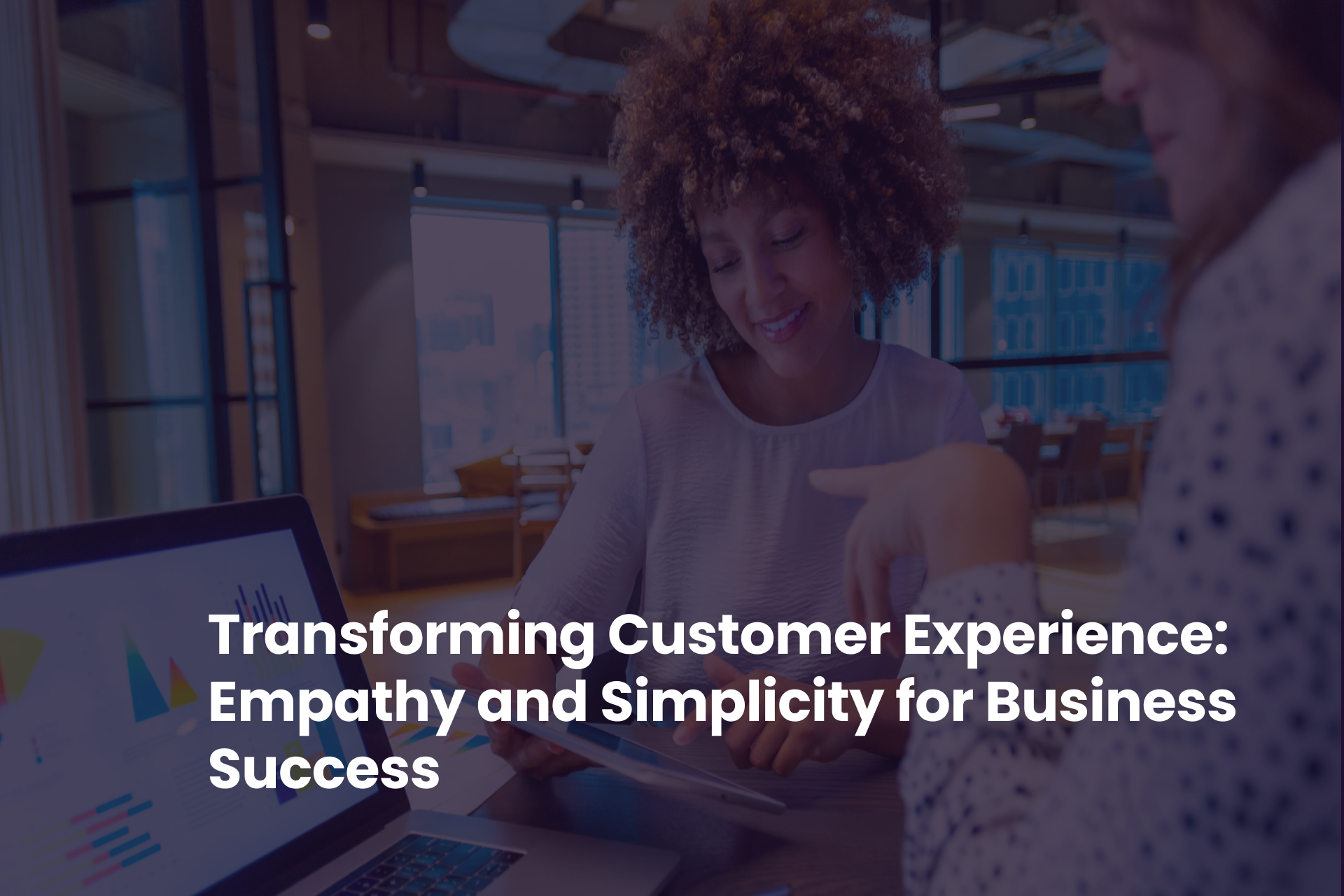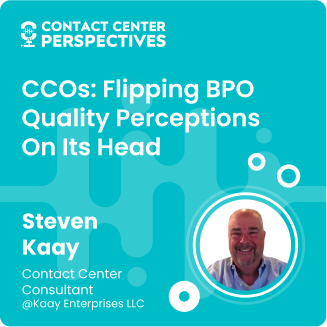Contact Center: Metaverse is a New Milestone

Business leaders are ready to implement the metaverse in contact centers: a future in which our physical environment merges with the digital world and creates an immersive virtual reality. According to Gartner statistics, 25% of people will spend at least one hour per day in the metaverse virtual space by 2026. A successful metaverse customer experience will allow your clients to transition effortlessly between your company and other spaces. Thus, it should create a smooth customer journey in a few years. The most well-known metaverse service is the Roblox platform which engages 47 million daily active users, providing them with an immersive environment using existing new game technologies. Continue reading to explore virtual and augmented reality applications in metaverse contact center operation, their core benefits, and challenges.

Contact Centers Customers Are Used To
A contact center is a department where customer service is managed across multiple channels, such as live chat, phone, social media, and website. Customer-facing agents use contact center software as a united platform to manage interactions received through different channels. Compared to having the phone as the only communication channel in a call center outsourcing service, using several channels allows businesses to scale customer experience without recruiting more employees. It enables them to provide quick problem resolutions and maintain a high level of customer service even during peak periods.
Knowledge base software helps businesses manage, store and update self-service content. The software contains video lessons, data articles, and answers to popular questions. There are two groups of knowledge bases: external and internal. The content is free and open to use with an external option, whereas an internal base requires creating an account to manage the information. Moreover, customers often have an unpleasant experience of waiting in queues for a long time. While visual IVR is a great way to engage them with the other channels where they can get digital space assistance, many customers still prefer to interact with agents. Call back feature in the IVR saves customers’ time and ensures they do not feel abandoned. Social media monitoring software helps gather and monitor relevant data across social media and regulate customers’ internet requests via Facebook, Instagram, Twitter, etc. This tool is helpful in call center monitoring software when the company personalizes communication styles to specific demographics based on social media research.
How do you ensure a high level of customer satisfaction in your company? The core strategies consistently improve your past customer feedback and empower customer support agents with new technology and knowledge. It is also crucial to understand the place of your business in the field by analyzing your competitors and their strategies for measuring customer loyalty. If the company is not meeting the industry’s benchmarks, a review of all the processes will be efficient for improving customer satisfaction.
Is It Possible To Apply Virtual Reality And Augmented Reality To Contact Center Operation
The application of augmented reality (AR) and virtual reality (VR) for customer experience is rising in many industries. According to Businesswire research, the AR and VR new generation market is expected to grow by $125 billion over the next four years. Contactless shopping is one of the most popular implementations of AR in brand work. Augmented reality service features are embedded into Gucci and Tommy Hilfiger retail apps, allowing customers to digitally try out garments and accessories using the camera on their smartphone device. Another example is Coca-Cola business has recently embraced VR and AR technology in the “Hydr8” initiative, encouraging healthy hydration habits through Coca-Cola product consumption. Thus, consumers should follow fun challenges and incentives to donate to humanitarian causes and share their journeys on social media.
The metaverse customer service is a collaborative virtual space created by converging virtually enhanced physical and digital reality, ensuring various services. It provides high-level immersive experiences and is accessible through any artificial intelligence-powered device, from tablets to full-HD displays. The metaverse concept expects it to have a virtual economy enabled by digital currencies and nonfungible tokens (NFTs). The contact center can enter the metaverse to enhance the customer journey experience. Thus, clients can access a more interactive session with a live agent—the one in which both parties choose an avatar to meet in a virtual setting.
The virtual setting is powered by machine learning and should be connected with the brand’s design. The setting may change depending on the nature of the voice communication, the customer’s preferences, previous clients’ data, and company guidelines. Currently, a few metaverse platforms are available to consumers, such as Decentraland, The Sandbox, and Roblox. Regarding contact center operation, Nike has already developed its Nikeland virtual world on Roblox, with the essential purpose of communicating with customers.

How Metaverse May Boost Customer Experience
Brands will provide better customer experience and collaboration with their clients through extended reality in the metaverse. In addition, businesses will not need to create their infrastructure because the metaverse will provide the framework for virtual worlds. Here are the core benefits of the metaverse integration when it comes to customer satisfaction:
1. Personalization of the Customer Experience
In the metaverse, users have the possibility to personalize their company avatars and live unique next-generation experiences. In addition, companies can also suggest custom-made ads using augmented reality. These virtual advertising campaigns can be constructed using the clients’ age, gender, or interests data. Thus, this high-service personal approach contributes to creating memorable experiences and exceeds customer expectations. It is an excellent opportunity for companies to integrate a customer-centric approach and strengthen brand loyalty among the audience using data collection resources.
2. Gamification of Customer Journey
The customer service in the metaverse offers the opportunity to transform the future of e-commerce using gamification. When regular physical shops lose their attractiveness, gamification uses artificial intelligence to speed the introduction of “immersive shopping.” With avatars as characters and settings inspired by video games, gamification influences the evolution of the customer journey. Thus, after e-commerce and m-commerce (mobile commerce), the new trend of “metaverse-commerce” can become famous. Thus, direct-to-avatar (D2A) is an emerging business model in which products are “sold” directly to avatars in virtual worlds. Thus, by using metaverse services, brands can prompt customers to buy products in the real world.
3. Transforming customer service
Users can discover a new world, make purchases and connect with the brand and other users through a unique brand experience in the metaverse. Thus, virtual reality can become an innovative tool for customer relations. For instance, contact centers can provide holograms of their agents, whereas certain companies organize events in augmented reality for customers equipped with special headsets.
Contact Center In Metaverse: Core Challenges
Channel and Data Sharing
The primary goal for customer service in the metaverse integration is to make the transition into the virtual world as seamless as possible. As previous omnichannel resources must be synchronized and transferred properly in new technology, advanced computing capacities are required. Thus, the challenge for contact centers is integrating real-life data into the 3-D universe and using virtual assets in the customer journey. Besides polishing the process of sharing resources, businesses have to set up strong security points to prevent data loss. As there are different platforms for storing and exchanging information, some parts of data can get lost or stolen in case of entirely insufficient security policies.
Integrating Human-Centered AI Interactions
Realistic customer experience is the core of the next evolution metaverse. Although the interface appearance and peculiarities might be different for specific purposes, customers expect to feel a human touch in the contact center. Thus, during the development stage, it is crucial to have real life agents to support complex or unclear requests. Another way to make the training period with computer-based communication more realistic is to build various VR personas so customers can choose the right fit for them to interact with.
The Bottom Line
Business leaders are ready to implement the metaverse in contact centers: a future in which our physical environment merges with the digital world and creates an immersive virtual reality. Based on Gartner statistics, 71% of consumers admit that they would purchase more often from companies that proposed augmented reality in their outsourced customer support strategy. The contact center can enter the metaverse to enhance the customer journey experience. Thus, clients can access a more interactive session with a live agent—the one in which both parties choose an avatar to meet in a virtual internet setting. The core benefits of metaverse integration are:
- personalization of customer experience
- customer journey gamification
- unique brand experience
If you’re looking for a way to integrate metaverse in the contact center – book a 30-minute call with WOW24-7 to find the solution. Our team will advise you on the most suitable starting point.
Looking for specific information?
Our specialist will help you find what you need in customer service outsourcing
Book a callDiscover Contact Center Perspectives Podcast
Discover the themes that resonate most with your challenges
 English
English





